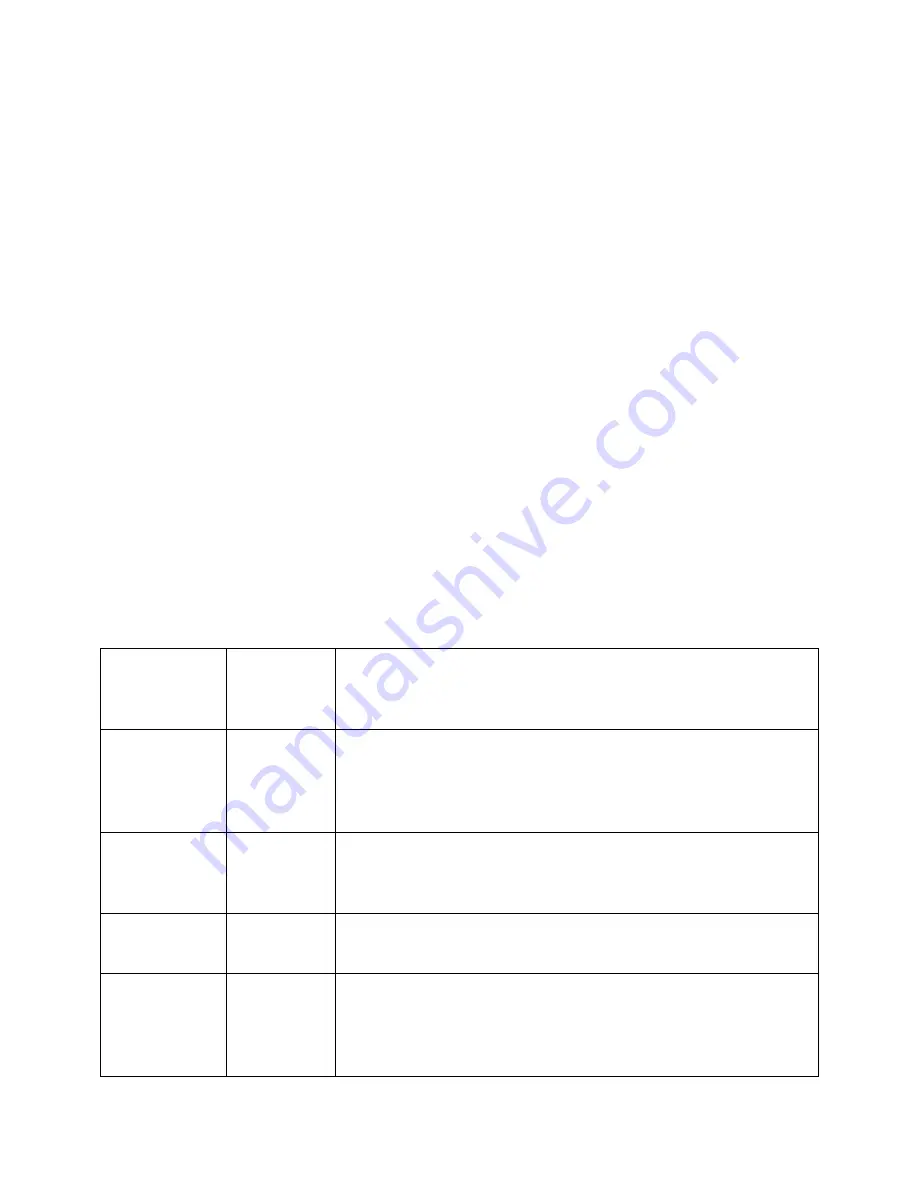
9
high speeds blades that compress and accelerate air into the distribution system. They are capable of
producing large volumes of air in the 10 psi range. These units are typically the air supply of choice for
facilities containing multiple High Pressure PolyGeyser
®
filters.
The common oil-less shop compressors can be used to backwash a HPPG unit. Commonly capable of
producing pressures in excess of 100 psi, these units are capable of overcoming any pressure produced
by a water pump. These units are powerful piston units that produce a relatively small volume of air at
extremely high pressures. Normally installed with the delivery pressure regulated down to 20 psi, these
compressors can be set to match virtually any water pump. Inexpensive shop compressors are not
designed for continuous duty. A compressor tank is usually associated with the compressor unit and
the motor operates intermittently to maintain the tank pressure. These units should be sized with a
delivery capacity 5-10 times higher than the backwashing air capacity to assure the compressor operates
only periodically. (Note: These compressors are typically rated in terms of cubic feet per minute at
100+ psi whereas backwash demands are rated in cubic foot per hour at 20 psi). Shop compressors are
generally noisy and are poorly designed for a wet environment. Under normal circumstances, the air
pressure delivered to a unit does not influence the pressure experienced by a HPPG hull. Air input into
the unit merely displaces water; there is no potential for internally damaging the unit by over pressuring
the charge chamber. However, the pressures generated by a poorly adjusted shop compressor (I.e. the
discharge pressure regulator is set too high) are clearly capable of catastrophically cracking hull rated for
20 psi. This can occur if the unit is “dead headed” by closure of an outlet line trapping the pressure
between an inlet check valve and the closed outlet valve
. Thus, units employing shop compressors for
backwashing must be equipped with a pressure relief valve on the air line or a water line immediately
adjacent to the hull on the influent or effluent side.
Pump
Typical
Pressure
Range
Comments
Linear Air
0-10 psi
Excellent for backwashing of filters that are nor back pressured
by downstream constrictions, may be over powered by shutoff
head of water pump so should be protected by check valve.
Energy efficient.
Piston
0-30 psi
Generally suitable for all HPPG applications. Capable of
generating pressures in excess of hull pressures thus cannot
be overcome by properly sized water pump.
Rotary vane
compressor
0-15 psi
Suitable for low pressure airlift applications and simplified
pumped configurations. Produce volumes sufficient to
Shop
0-150 psi
Oil free shop (piston) compressors with tank work well as a
backwash air supply provided they are sized large enough to
provide for extended cycle time. Tend to be noisy and over
pressurized, but, inexpensive.















































